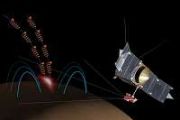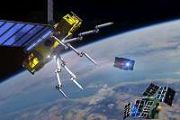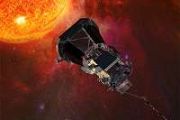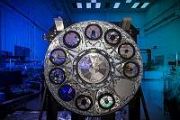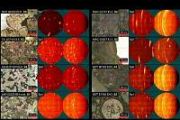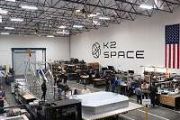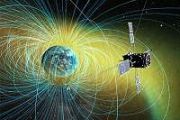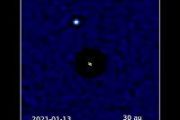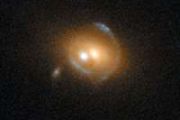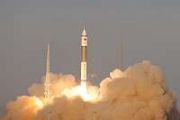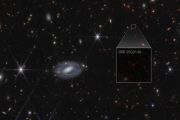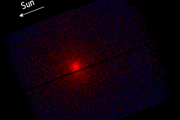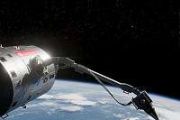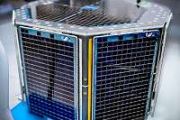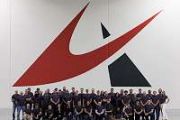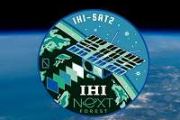
Copernical Team
Ingenuity Mars helicopter photos show latest flight area
 Photos from the Mars helicopter Ingenuity's ninth flight released by NASA on Monday are helping engineers and scientists plot the next destinations for the Perseverance rover.
The aircraft was sent toward some possible science targets for the mission, flying over a sandy dune area known as Séítah that might be hazardous for the rover.
The photos showed the dunes and rocky outcr
Photos from the Mars helicopter Ingenuity's ninth flight released by NASA on Monday are helping engineers and scientists plot the next destinations for the Perseverance rover.
The aircraft was sent toward some possible science targets for the mission, flying over a sandy dune area known as Séítah that might be hazardous for the rover.
The photos showed the dunes and rocky outcr NASA moves ahead with plan to support private space stations
 NASA is moving ahead with plans to help fund a new generation of private space stations in an effort to ensure replacements are ready when the International Space Station shuts down in as little as seven years.
The space agency on Monday released a final request for proposals for new space stations. Those proposals are due Aug. 26.
NASA intends to retire the 20-year-old ISS in 20
NASA is moving ahead with plans to help fund a new generation of private space stations in an effort to ensure replacements are ready when the International Space Station shuts down in as little as seven years.
The space agency on Monday released a final request for proposals for new space stations. Those proposals are due Aug. 26.
NASA intends to retire the 20-year-old ISS in 20 Eutelsat Quantum: Europe’s reprogrammable satellite
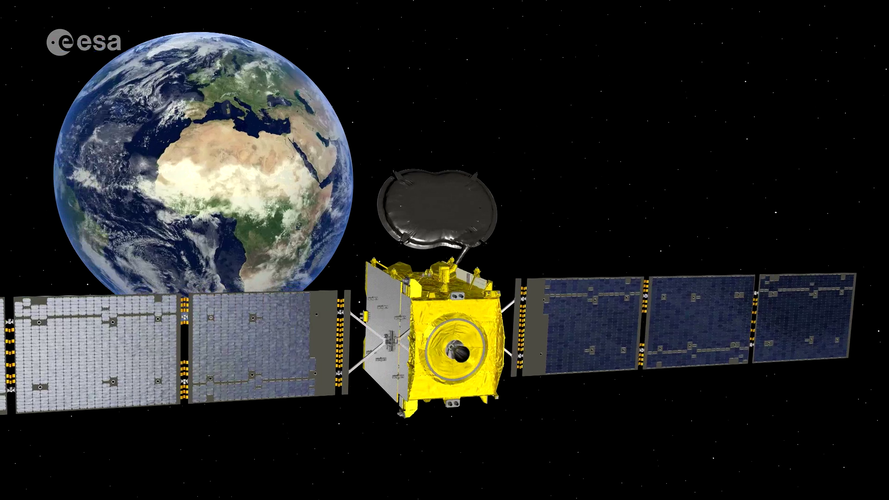 Video:
00:04:12
Video:
00:04:12
Soon Eutelsat Quantum will be launched into a geostationary orbit on board an Ariane 5 from Kourou. This advanced telecommunications satellite is revolutionary as it offers its users the ability to reconfigure the satellite while in orbit. This offers a previously unknown degree of flexibility during its 15-year lifetime. It allows for satellites of this type to be mass-produced, making them extremely interesting for commercial parties and industry. The satellite was developed as an ESA partnership project with operator Eutelsat and prime contractor Airbus working together with ESA to share the risk of developing this innovative piece of technology.
Antarctic noon
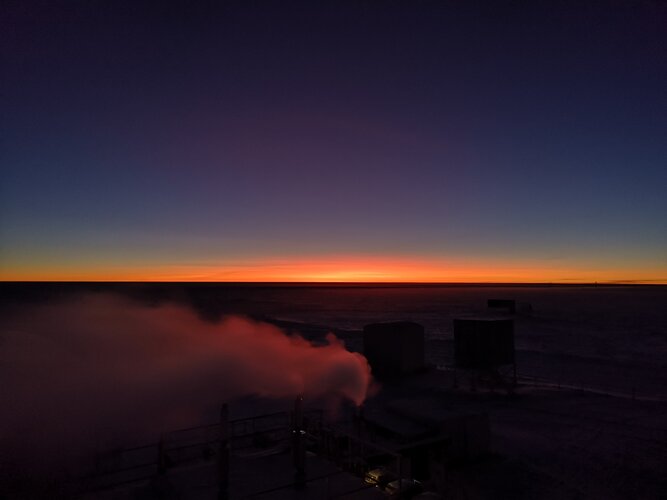 Image:
Image:
A fortnight after the 21 June winter solstice in Antarctica, the crew at Concordia Research Station are slowly welcoming the return of sunlight. This photo was taken by ESA-sponsored medical doctor Nick Smith on 1 July at noon.
The 12-member crew at Concordia, located at the mountain plateau called Dome C, have spent the last few months in complete darkness: the sun disappeared in May and will not be fully visible again until mid-August. This image of high noon signals the beginning of the end of winter on the remote continent.
Confined in extreme conditions, the crew at Concordia – one
Ariane 6 targets new missions with Astris kick stage

ESA will enhance the versatility of Europe’s Ariane 6 rocket with a kick stage called Astris in a €90 m development contract with prime contractor, ArianeGroup. This is part of ESA’s strategy to extend Ariane 6’s capabilities to serve a wider range of space transportation requirements.
Media briefing: Eutelsat Quantum to be launched
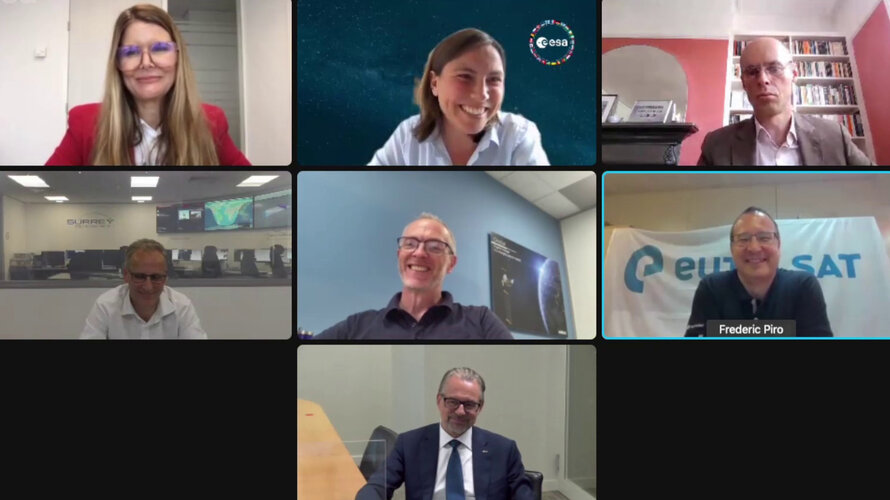 Video:
00:41:36
Video:
00:41:36
The reconfigurable satellite will launch this summer from the European Space Port in French Guiana. Eutelsat Quantum will be capable of being reprogrammed after launch. It will provide data, communications and entertainment exactly where and when it is wanted. Watch the replay of this Q&A with the media to learn more and hear from the key players behind its development.
Germany launches 'space command' to protect infrastructure

The German military on Tuesday launched a "space command" tasked with overseeing satellites, watching for dangerous space junk and analyzing other countries' activities.
Defense Minister Annegret Kramp-Karrenbauer launched the new operation during a visit to its base at Uedem in western Germany.
The military is "responding to the increasing significance of space for our state's ability to function, the prosperity of our population and the increasing dependency of the armed forces on space-supported data, services and products," Kramp-Karrenbauer's ministry said in a statement.
The aim is to bring together existing capabilities in one place, where the military's center for air operations is already based, and add new ones.
Kramp-Karrenbauer said that the term "Weltraumkommando," or "space command," might draw far-fetched associations with the novels of Jules Verne or starship Enterprise, but the reality is "far from being so sensational," news agency dpa reported.
The German military, or Bundeswehr, itself has six satellites in orbit. The minister said space operations for Germany "are always defensive operations"—for example to ensure that infrastructure isn't endangered.
The United States already has a Space Command, whose role is to conduct operations such as enabling satellite-based navigation and troop communication and providing warning of missile launches.
NASA Lucy mission's message to the future
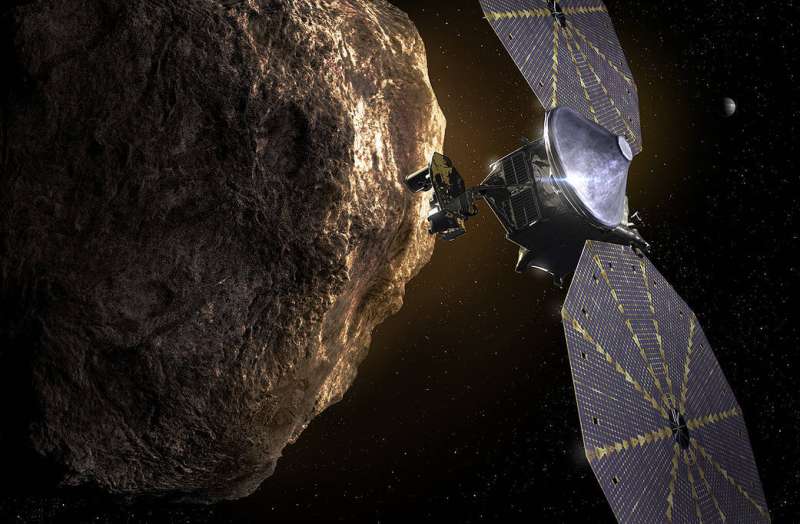
In the 1970s four spacecraft began their one-way trips out of our Solar System. As the first human-built objects to ever venture into interstellar space, NASA chose to place plaques on Pioneer 10 and 11 and golden records on Voyager 1 and 2 spacecraft to serve as messages to any alien spacefarers that may someday encounter these spacecraft. Continuing this legacy, NASA's Lucy spacecraft will carry a similar plaque. However, because Lucy will not be venturing outside of our Solar System, Lucy's plaque is a time-capsule featuring messages to our descendants.
As the first-ever mission to the Trojan asteroids, Lucy will survey this enigmatic population of small bodies that orbit the Sun beyond the main asteroid belt—trapped by Jupiter and the Sun so that they have led and followed Jupiter in its orbit. As these never before explored asteroids are in many ways "fossils" from the formation and evolution of the planets, the Lucy spacecraft is named in honor of the fossilized human ancestor discovered the year after Pioneer 11 began its journey out of the Solar System.
Richard Branson's flight sparks new optimism in New Mexico

With Virgin Galactic making its highest profile test flight to date with boss Richard Branson aboard, it's only a matter of time before paying customers get their chance and New Mexico realizes a dream that has been decades in the making.
Former Gov. Bill Richardson is among those who have been watching the progress of the space tourism company, ever since he and his team recruited the British billionaire to New Mexico.
Using AI to discover landing and exploration sites on the moon

A moon-scanning method that can automatically classify important lunar features from telescope images could significantly improve the efficiency of selecting sites for exploration.
There is more than meets the eye to picking a landing or exploration site on the moon. The visible area of the lunar surface is larger than Russia and is pockmarked by thousands of craters and crisscrossed by canyon-like rilles. The choice of future landing and exploration sites may come down to the most promising prospective locations for construction, minerals or potential energy resources. However, scanning by eye across such a large area, looking for features perhaps a few hundred meters across, is laborious and often inaccurate, which makes it difficult to pick optimal areas for exploration.
Siyuan Chen, Xin Gao and Shuyu Sun, along with colleagues from The Chinese University of Hong Kong, have now applied machine learning and artificial intelligence (AI) to automate the identification of prospective lunar landing and exploration areas.



